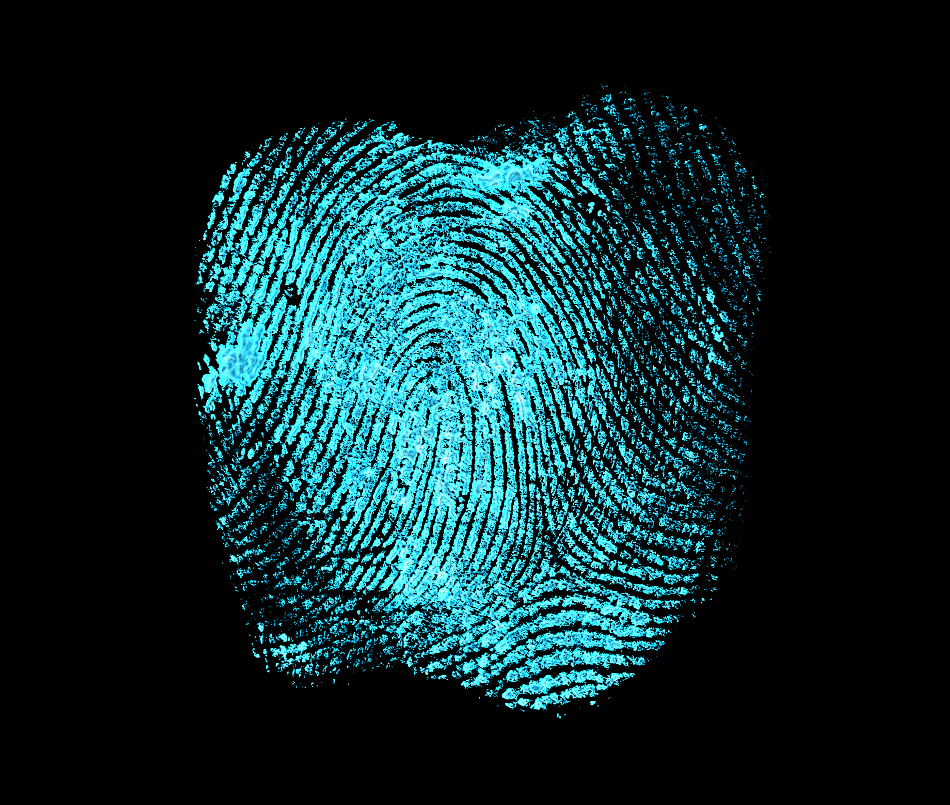Back in 2014, a team of researchers from the University of Lausanne, Switzerland, uncovered the exact underlying mechanisms that allow nanoparticles to detect fingerprints.

Image Credit: Domnitsky/Shutterstock.com
In a paper published in IOP Publishing's journal Nanotechnology, the team disproved the theory that was widely accepted at the time, that due to electrostatic energy, nanoparticles are attracted to fingermarks.
Instead, the team suggested that the reason nanoparticles attach themselves to fingerprints is due to a bond formed between the nanoparticle and the mix of compounds that make up fingermark residue.
Their work provided the key to unlocking developments in more precise techniques for detecting fingerprints left at crime scenes.
A significant contribution to forensic science given that it is estimated that roughly half of all fingerprints left at the scene of a crime remain undetected. Therefore, developing more effective techniques with the help of nanoparticles could help law enforcement identify suspects.
Visualizing fingerprints with silica
The experiment involved the Swiss researchers depositing fingerprints onto an aluminum foil surface, which they then dipped into a solution containing silicon dioxide nanoparticles, commonly known as silica. These silica nanoparticles had previously been coated in a carboxyl group of carbon, hydrogen and oxygen atoms.
Next, researchers added a specially designed dye onto the nanoparticles which allowed for their visualization beneath a specific wavelength of light following its attachment to the fingerprint. The team repeated this process several times to prove that what caused the nanoparticles to become attracted to the fingerprint residue was the chemical bond that had formed between the carboxyl group that had coated the silica, and the amine group of amino acids and proteins that existed in the fingermark residue.
The team’s findings contradicted the commonly held theory that nanoparticles were attracted to fingermarks because of the acidic solution in which they were placed caused the fingermark residue to become positively charged, which they attracted the negatively charged nanoparticles to them. The new findings demonstrated that the attraction was chemical, and not electrical.
Following the publishing of this paper, other scientists working in the field were equipped with accurate knowledge of how nanoparticle fingerprint techniques work. This gave the research team a better chance of improving on these underlying methods to enhance the process of fingerprint detection.
Continued development leads to new fingerprinting technique
Five years later, a team from Malaysia reported the development of a new fingerprint technique that expanded on the Swiss team’s work. Published last September, in the Egyptian Journal of Forensic Sciences, the paper describes how researchers were able to design a method of fingerprint detection using spherical fluorescent silica nanoparticles that overcame the limitations of current fingerprinting techniques.
The Malaysian team conducted characterization studies of silica nanoparticles synthesized from rice husks that they then colored. These tests revealed spherical silica nanoparticle with an average size of 200 nm. The results revealed that silica nanoparticle doped with curcumin pigment was most efficient at giving off fluorescence and also showed a good level of stability under heat exposure. Furthermore, the colored silica was not detrimentally impacted by the process of dye doping, which observations under an electron microscope confirmed.
The results showed that fluorescent silica powder colored with curcumin dye extract was able to provide sufficient levels of photoluminescence to enhance the contrast on the analysis of fingerprint samples taken from difficult surfaces.
This had previously been a challenge of previous fingerprinting techniques that had been limited by their lack of ability to produce reliable and readable images from fingerprints taken from challenging surfaces.
This new technique may lead to a higher success rate of detecting fingerprints at crime scenes. It also demonstrates another application of silica nanoparticles, adding to the long list of uses of nanoparticles. In the future, we may see this fluorescent silica powder method, along with other new techniques inspired by the current research, emerging in forensic investigations.
Sources:
https://www.sciencedaily.com/releases/2014/10/141002084341.htm
https://iopscience.iop.org/article/10.1088/0957-4484/25/42/425502
https://link.springer.com/article/10.1186/s41935-019-0155-1
Disclaimer: The views expressed here are those of the author expressed in their private capacity and do not necessarily represent the views of AZoM.com Limited T/A AZoNetwork the owner and operator of this website. This disclaimer forms part of the Terms and conditions of use of this website.